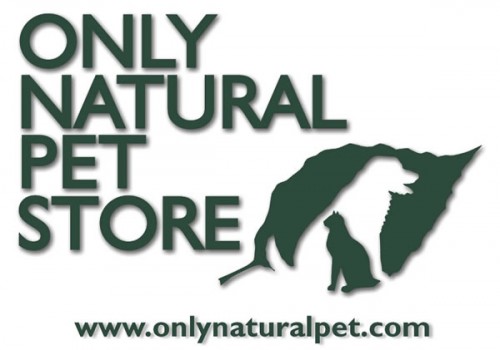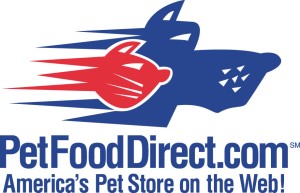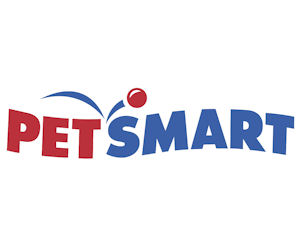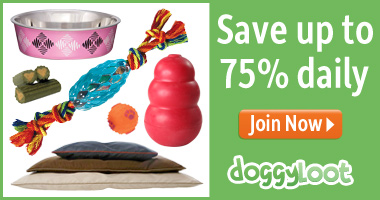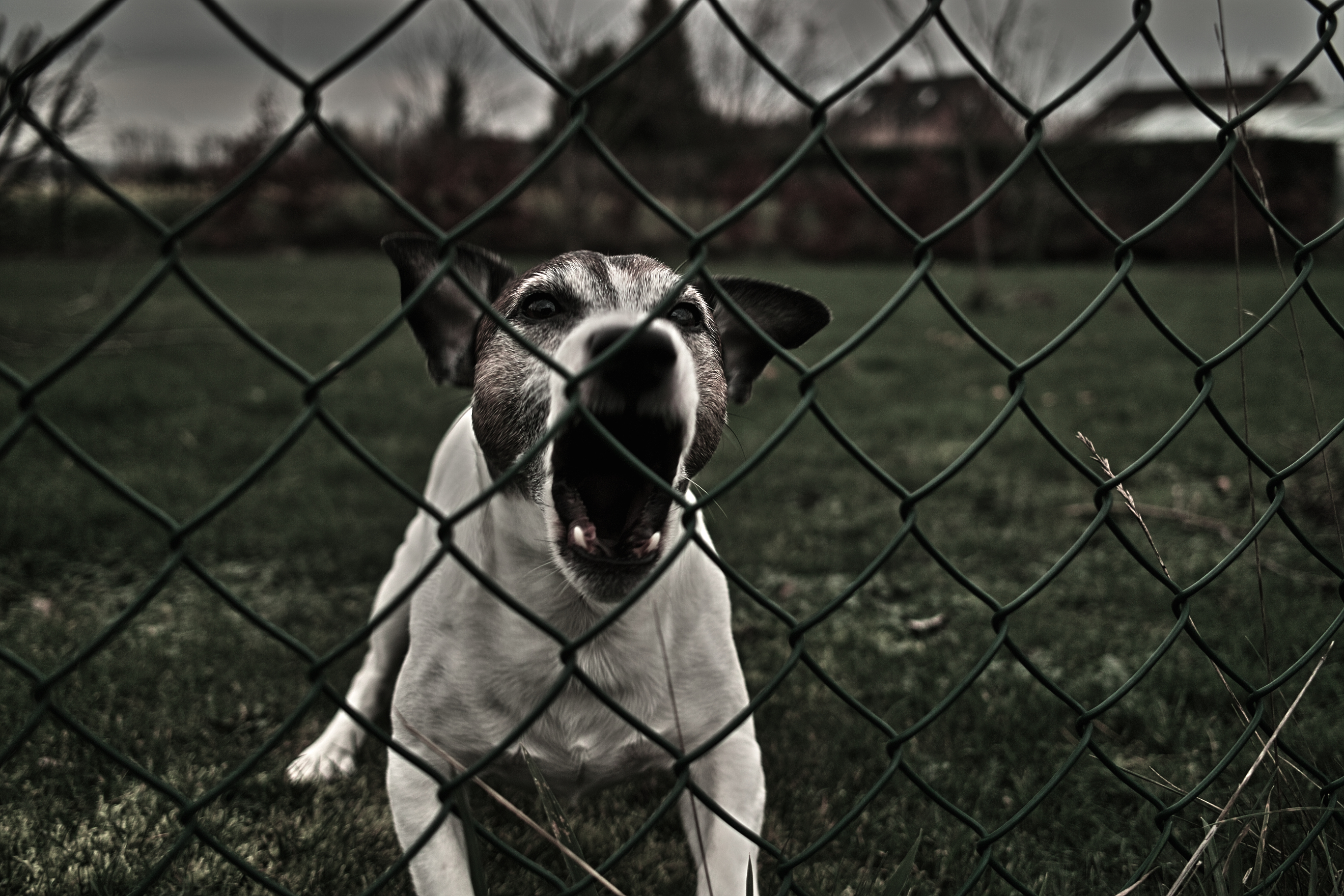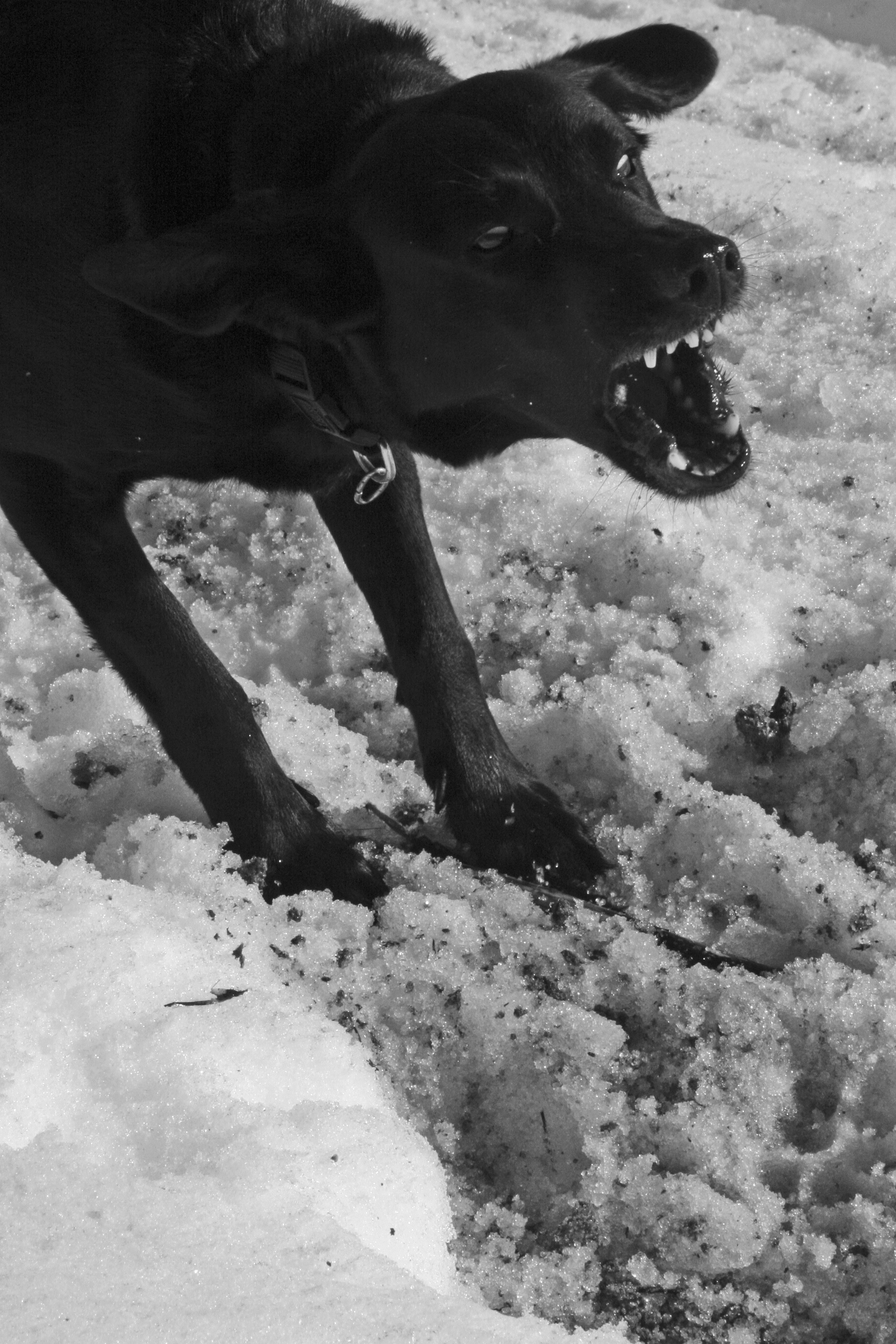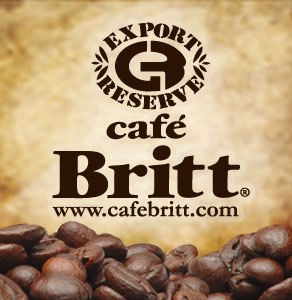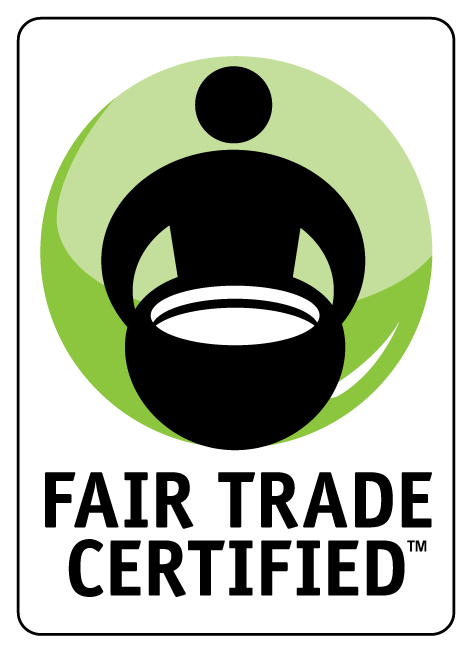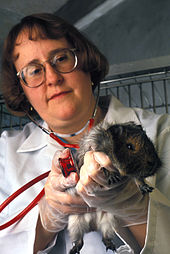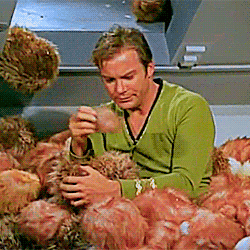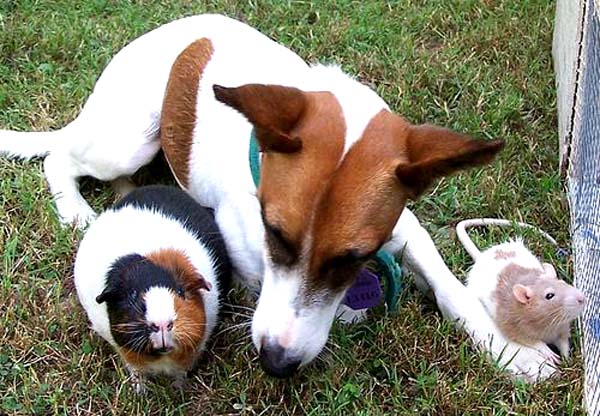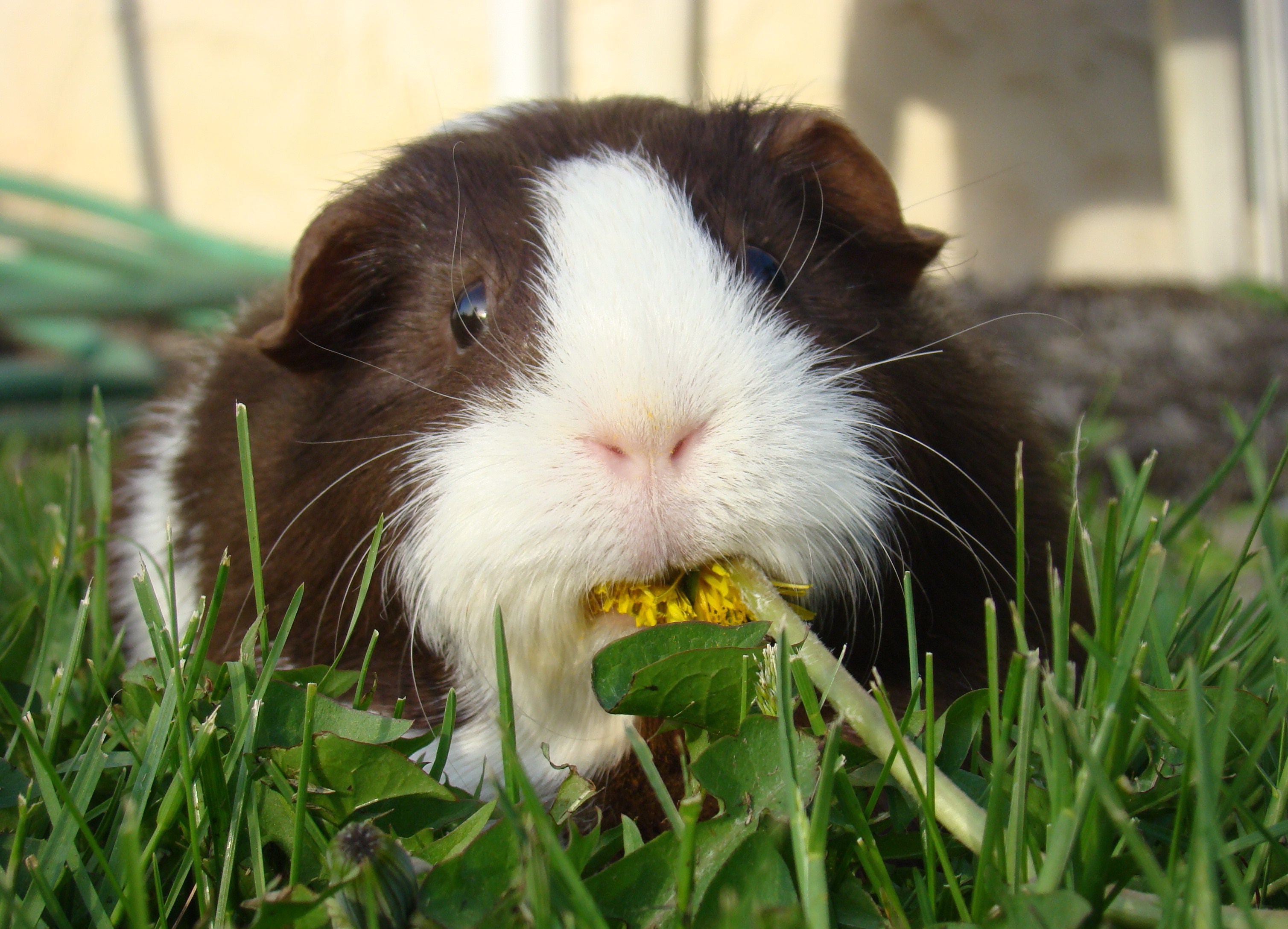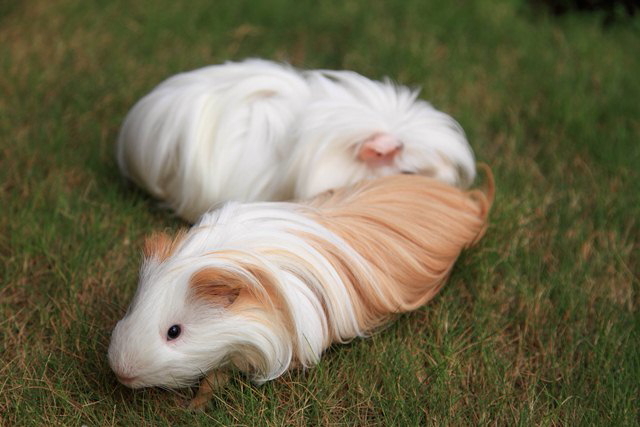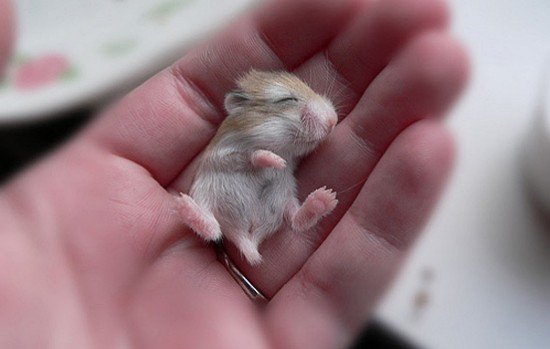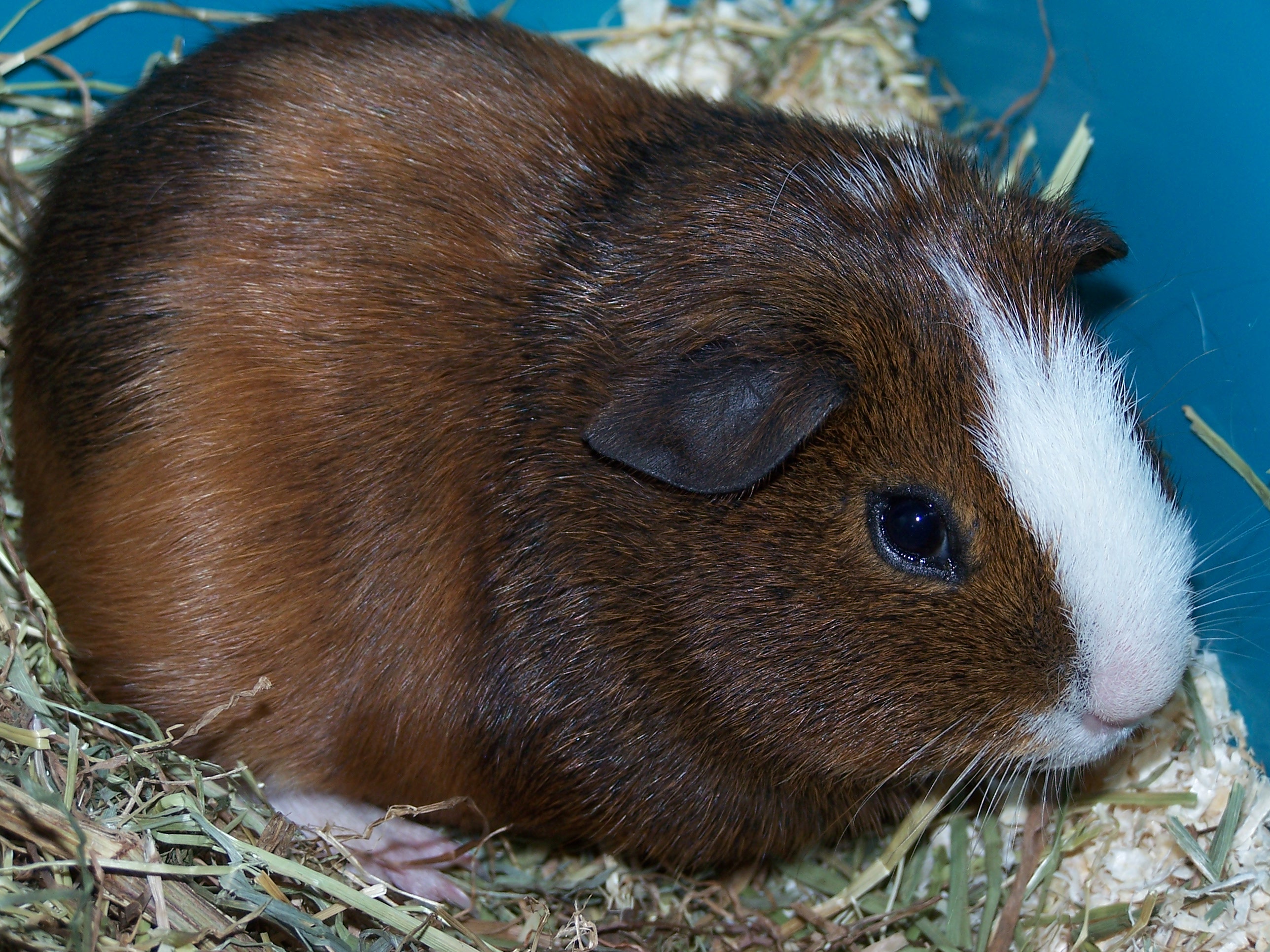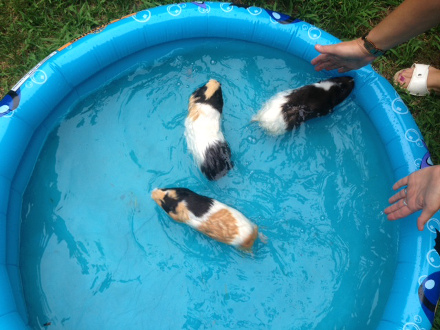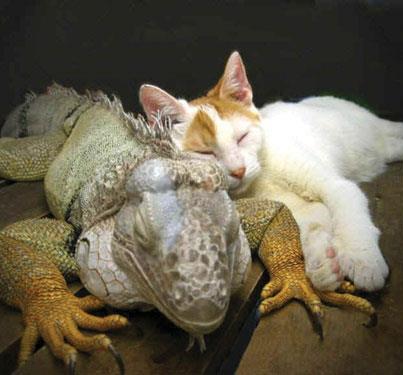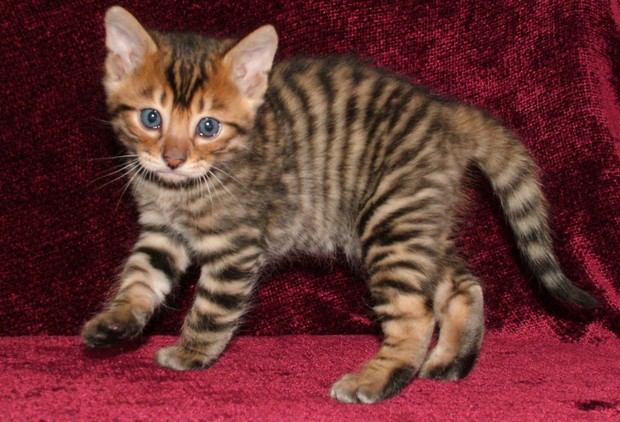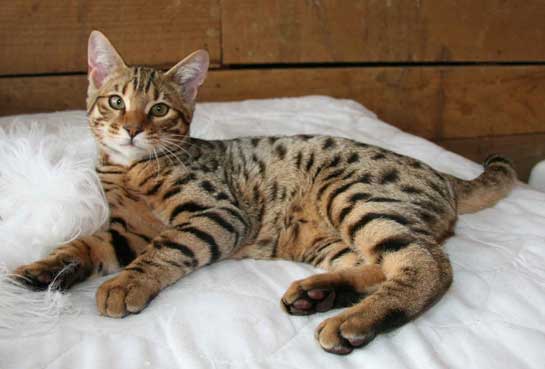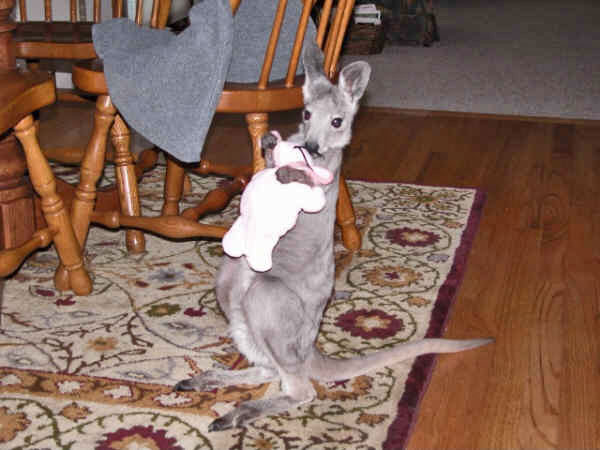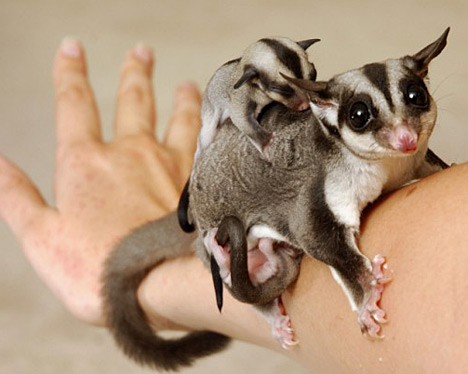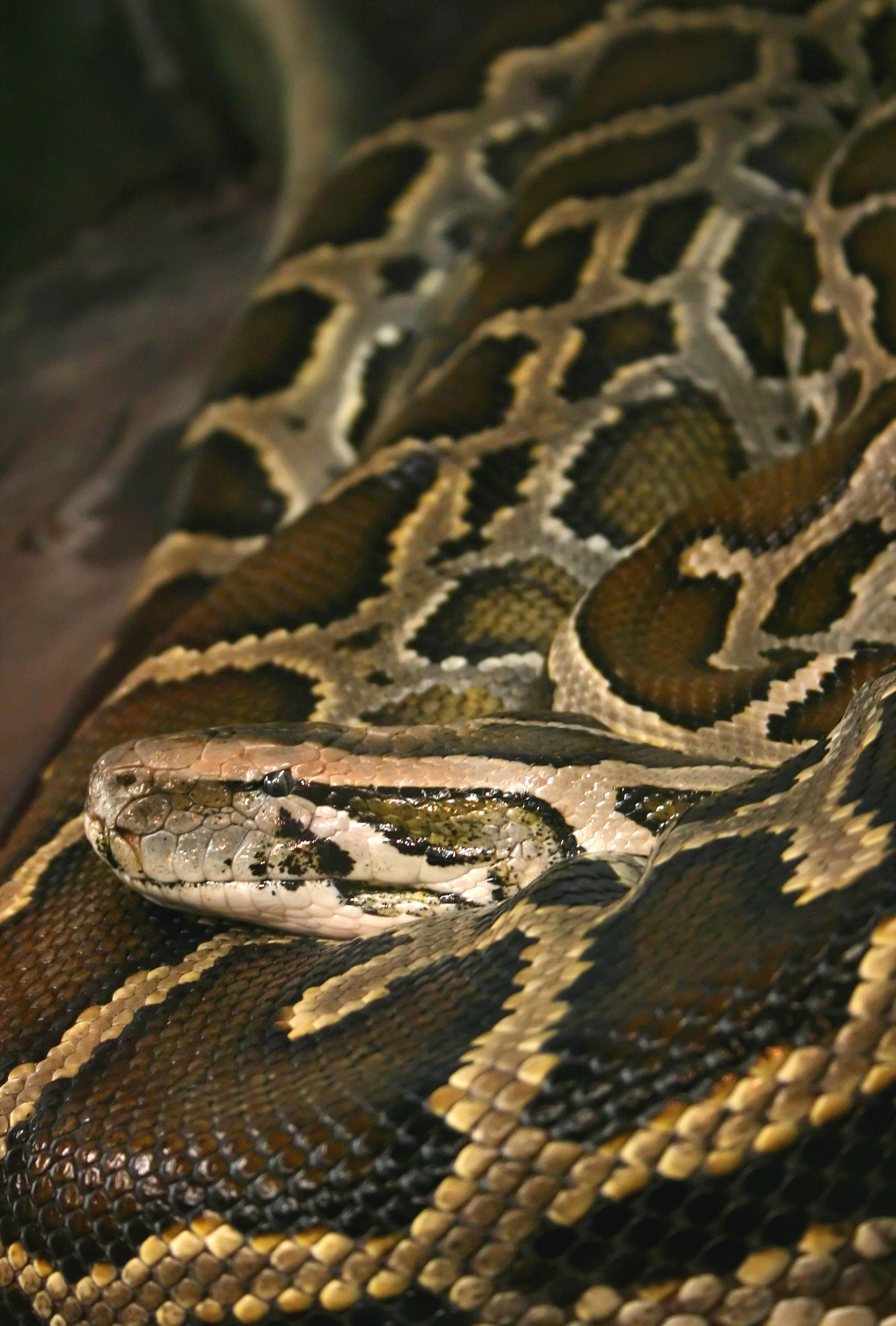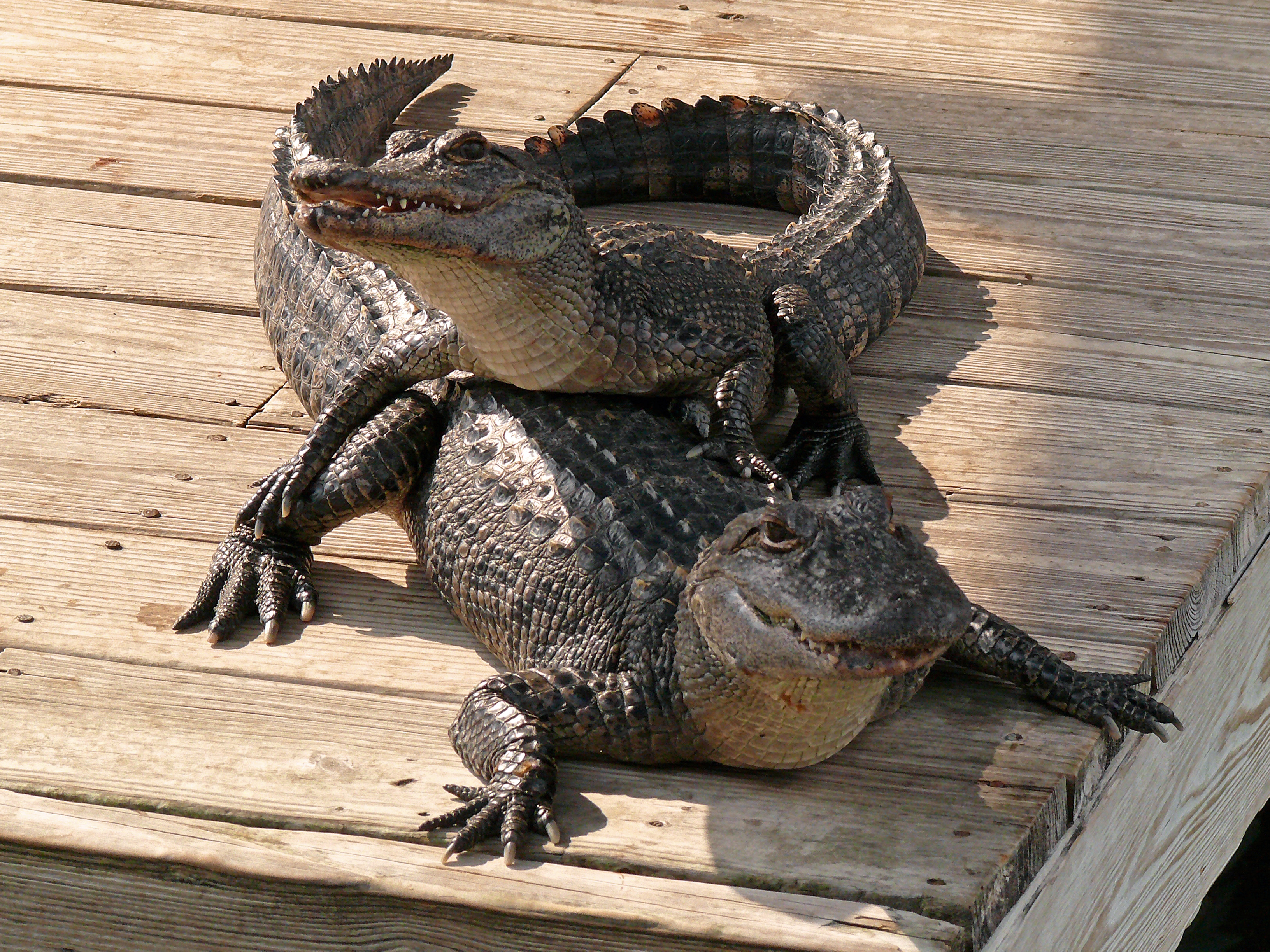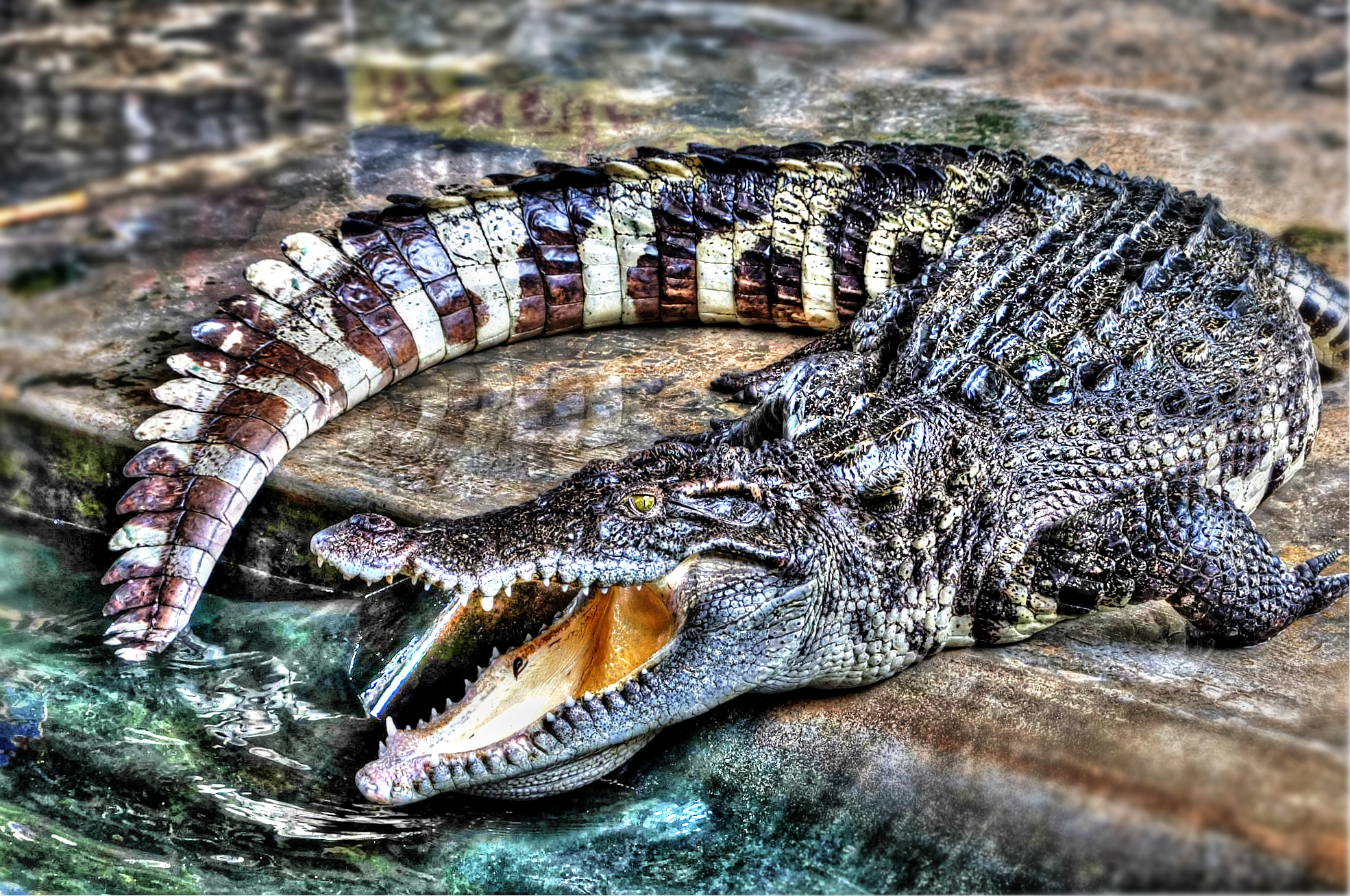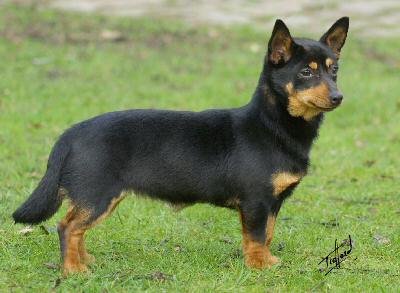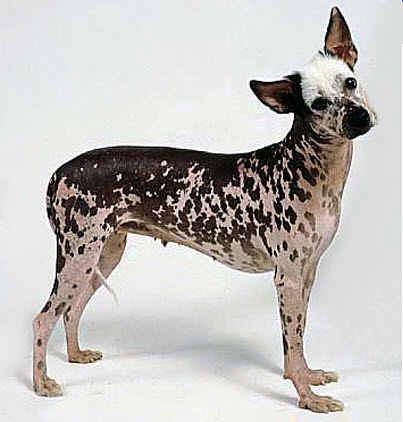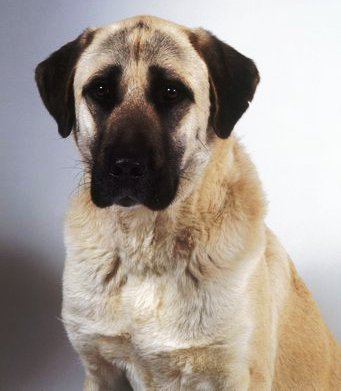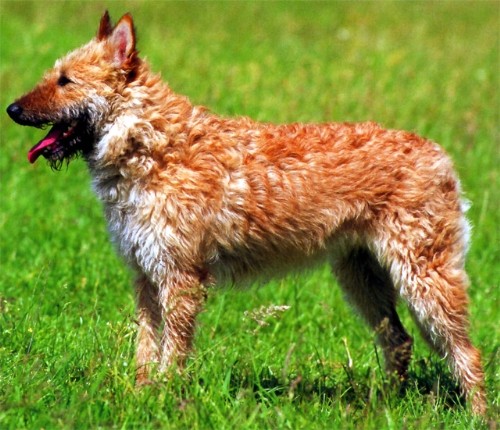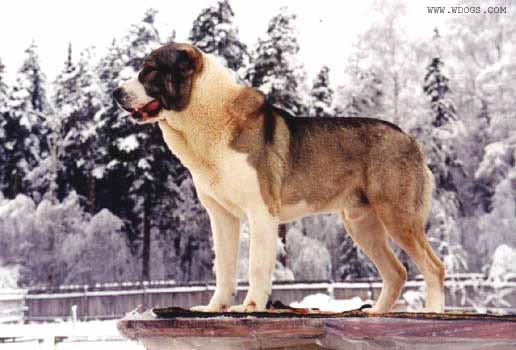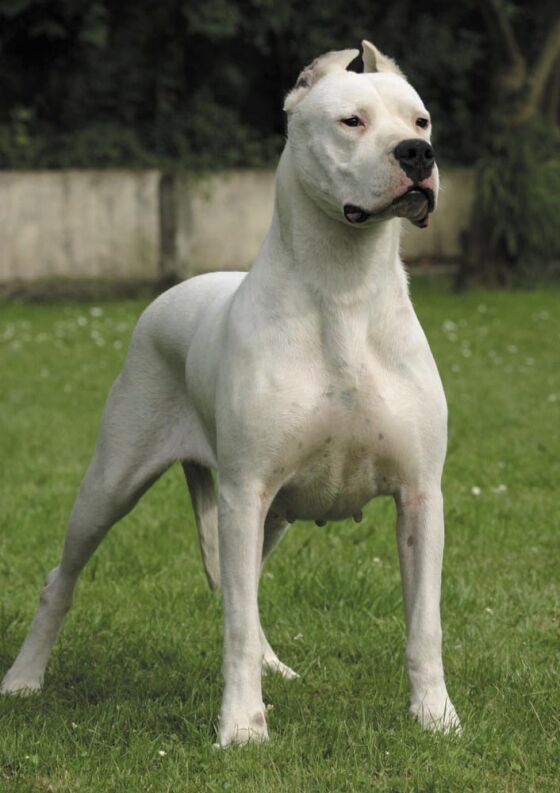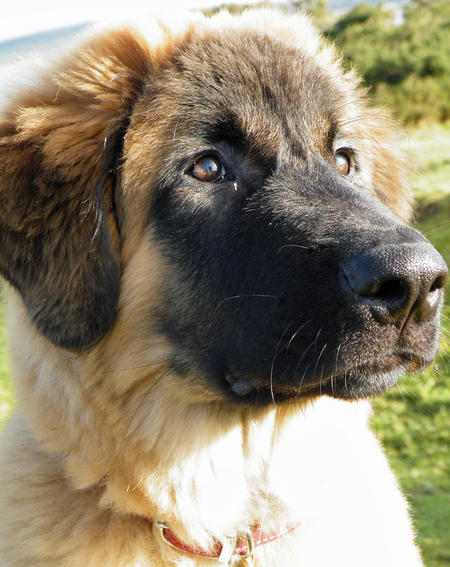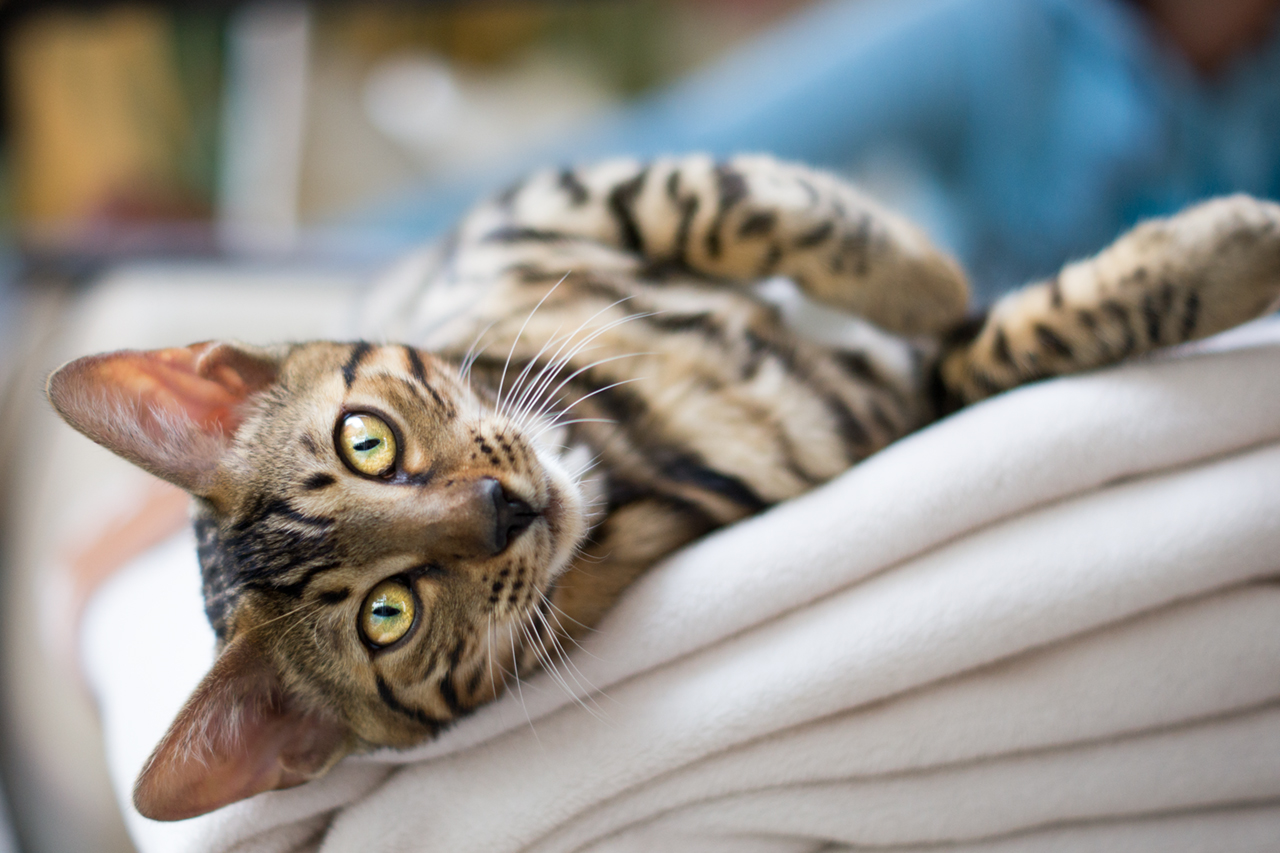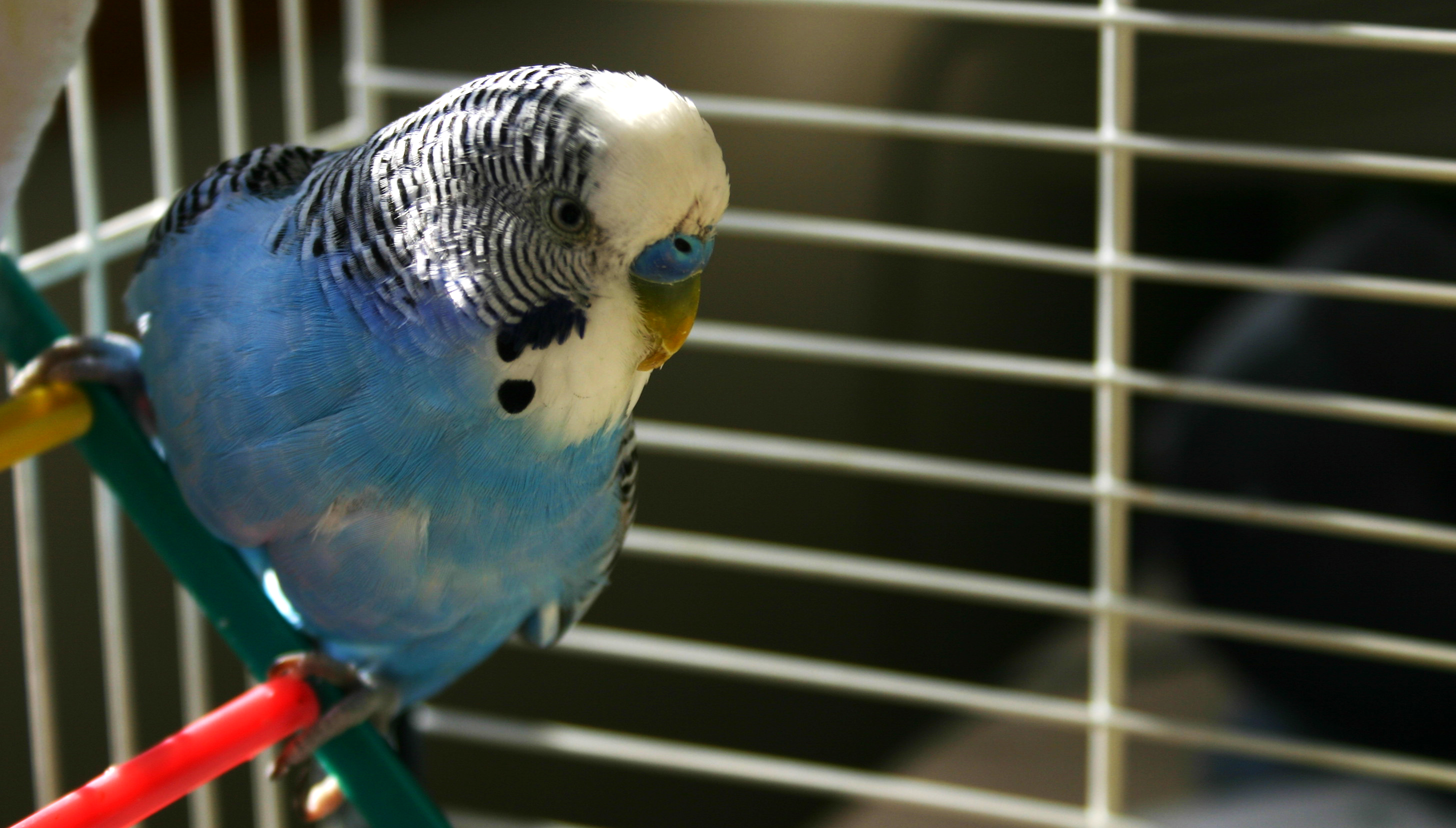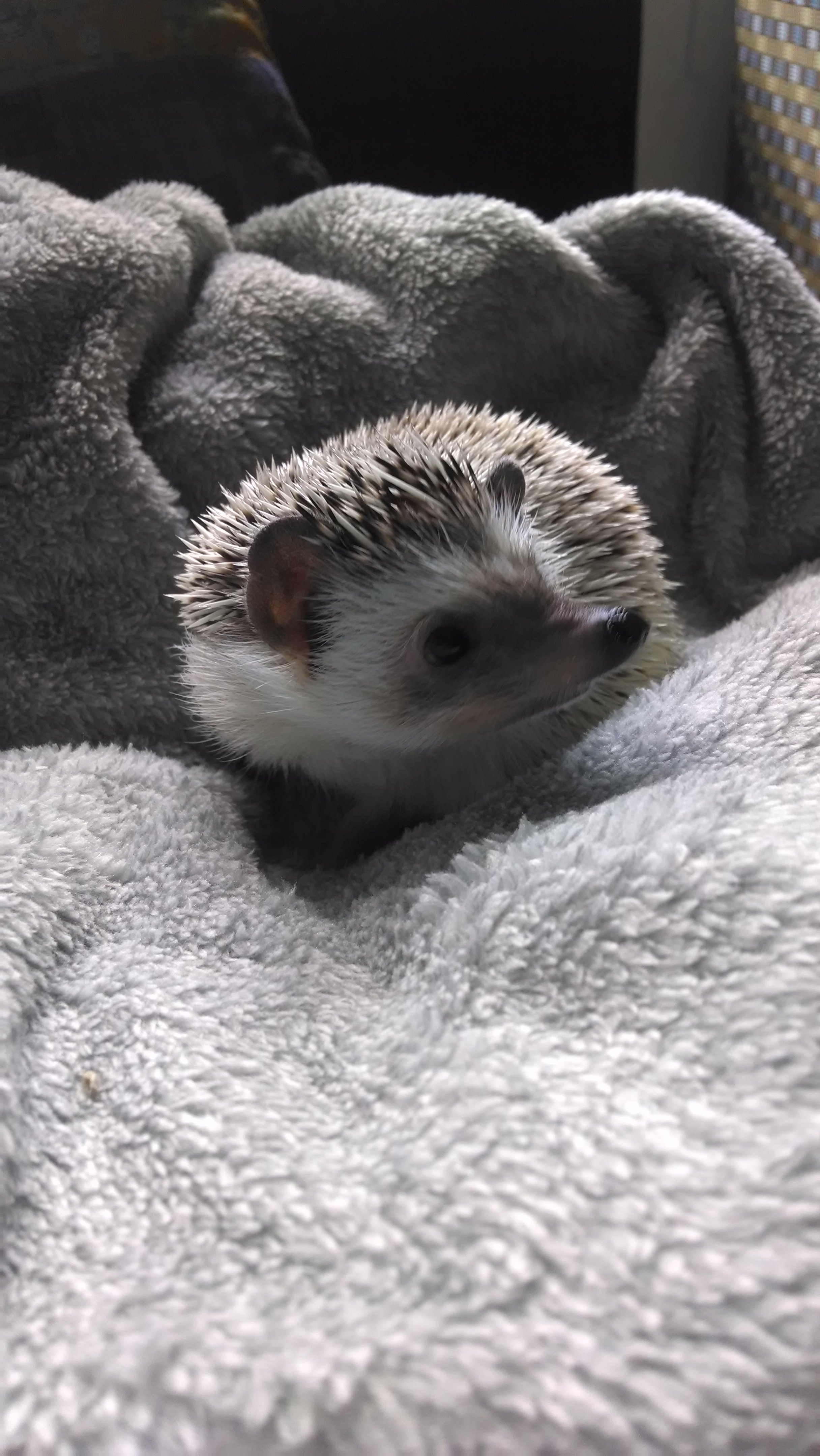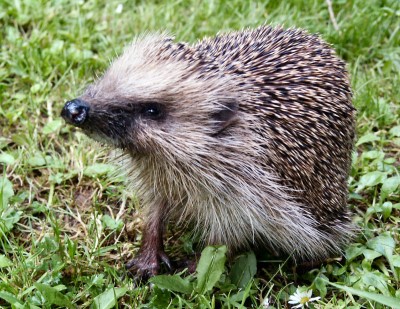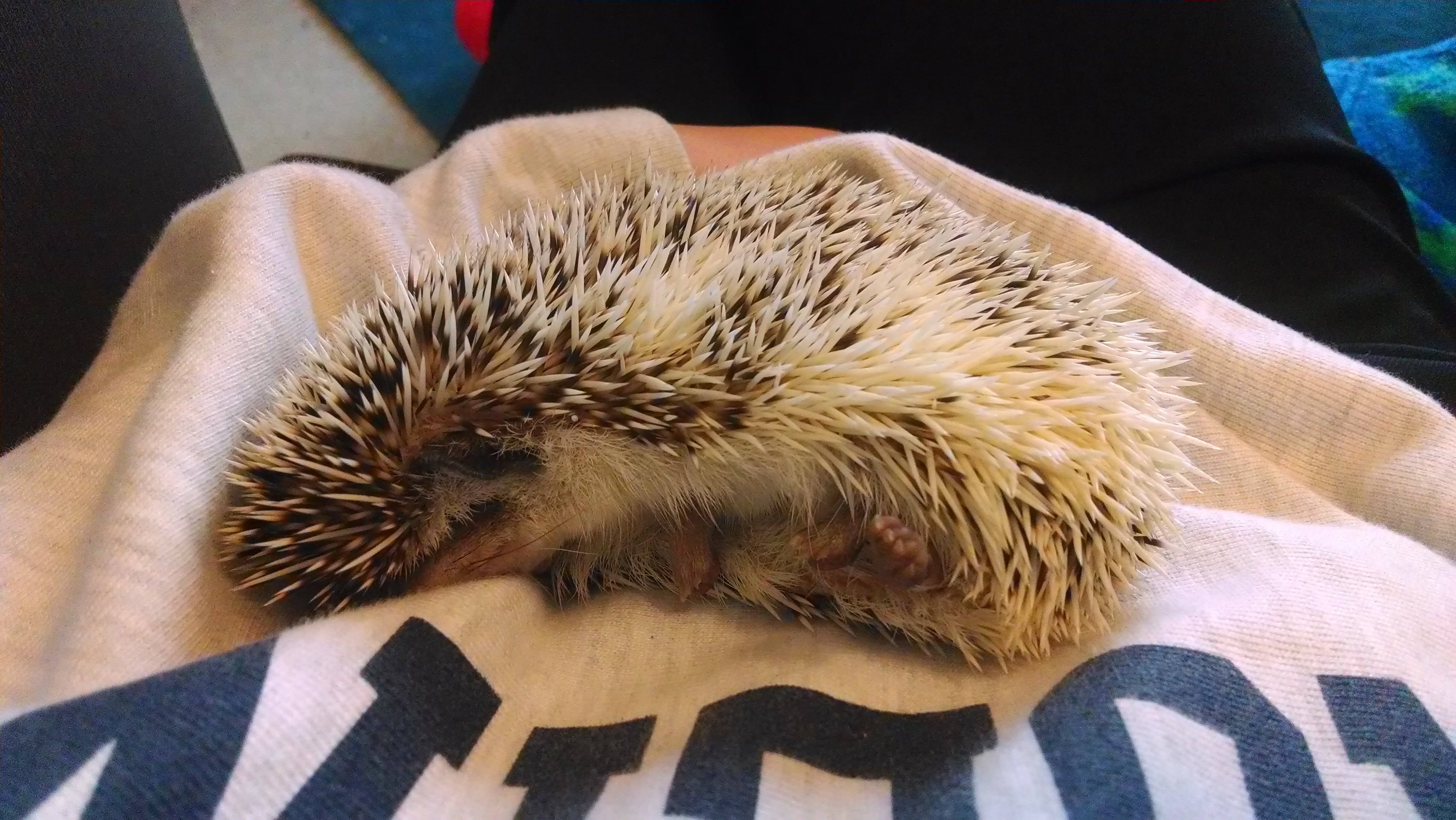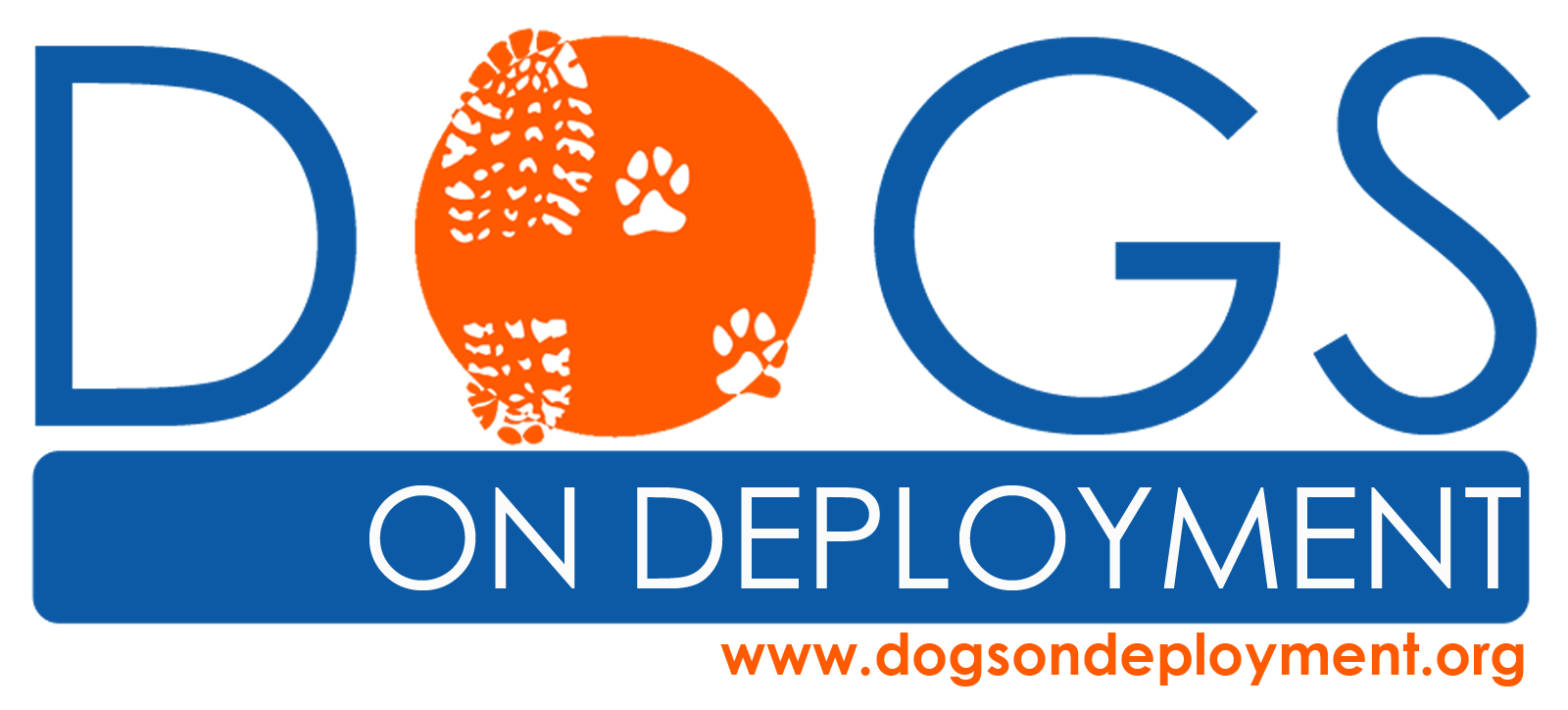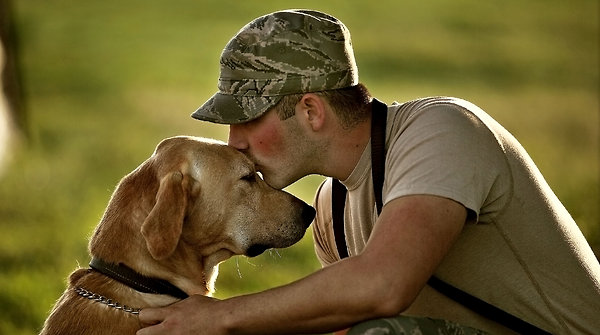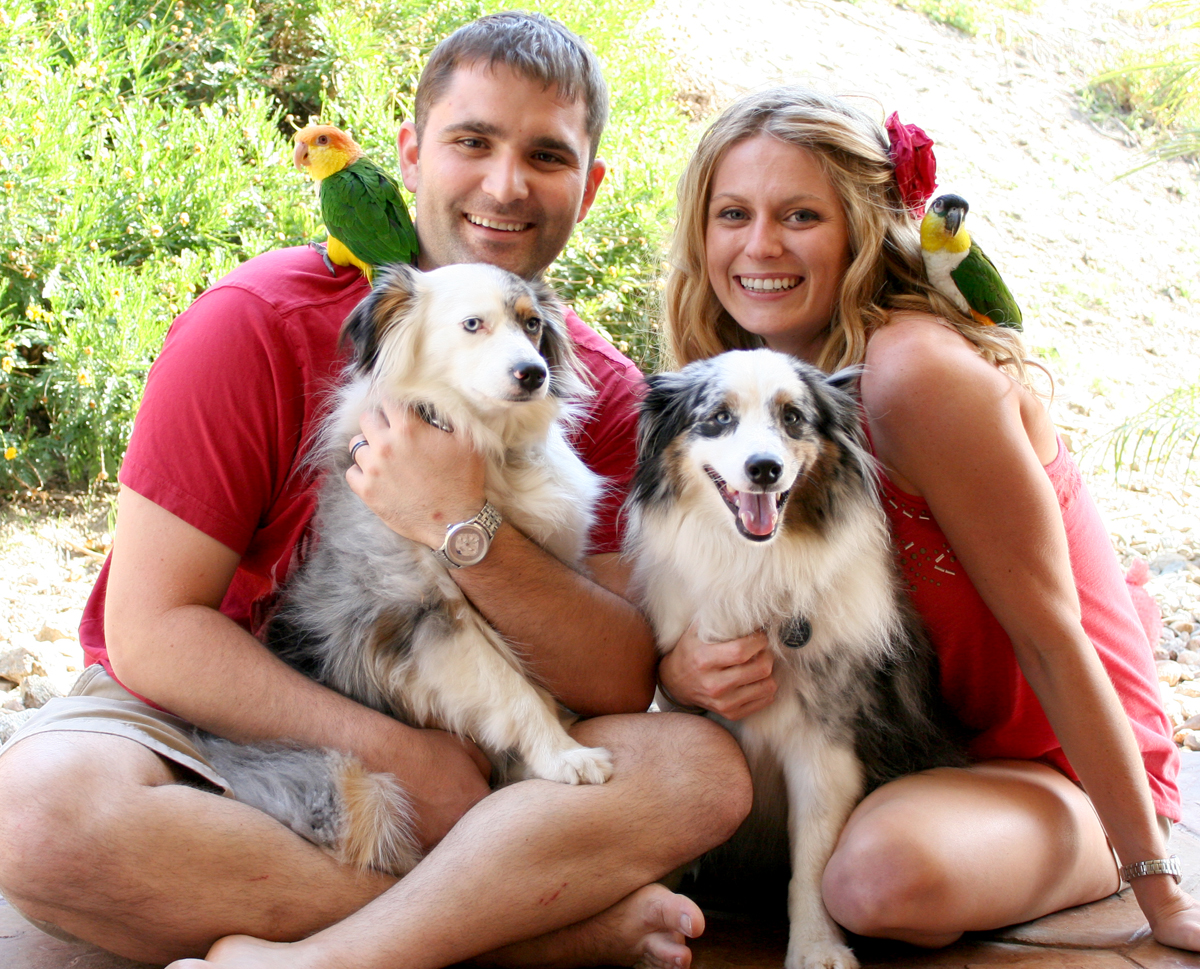Cheers For The American Burying Beetle!
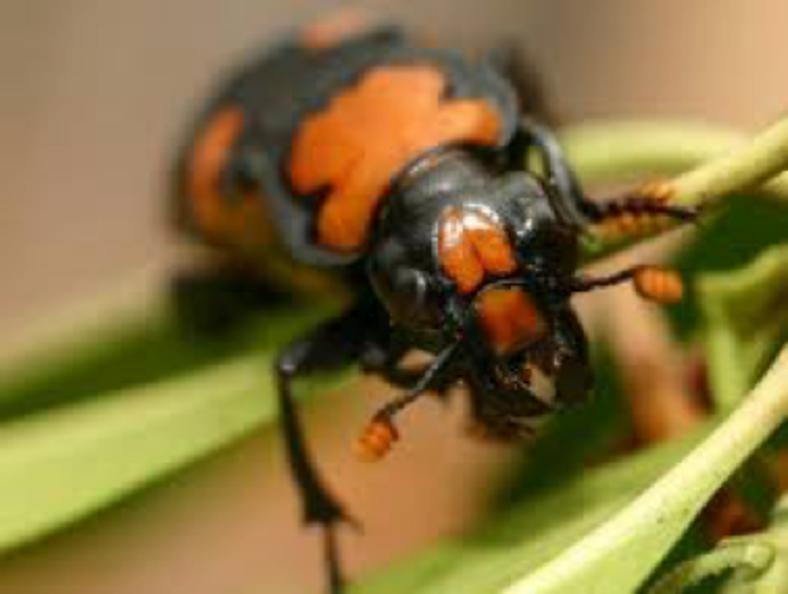 Despite my years as a Girl Scout, Girl Scout leader, occasional camper and sporadic hiker, with a great appreciation for the outdoors, I can’t say that I’ve ever been a fan of the invertebrate. Sure, I’ve gently swept errant daddy long legs out of the tent as the girls cowered in fear, and urged the curious honey bee away from its intended human landing pad with a light wave of my hand. I’ll even admit to gingerly transferring a misdirected ladybug or multipede from its indoor encampment to a more fitting outdoor location. But a fan? Not so much. I mostly thought of invertebrates—insects, bugs, etc.—as something to be tolerated and probably avoided.
Despite my years as a Girl Scout, Girl Scout leader, occasional camper and sporadic hiker, with a great appreciation for the outdoors, I can’t say that I’ve ever been a fan of the invertebrate. Sure, I’ve gently swept errant daddy long legs out of the tent as the girls cowered in fear, and urged the curious honey bee away from its intended human landing pad with a light wave of my hand. I’ll even admit to gingerly transferring a misdirected ladybug or multipede from its indoor encampment to a more fitting outdoor location. But a fan? Not so much. I mostly thought of invertebrates—insects, bugs, etc.—as something to be tolerated and probably avoided.
My less than welcoming attitude began to shift when I became aware of a handsome little guy known as the American Burying Beetle or ABB for short. Also known as the giant carrion beetle, the ABB knew that “orange is the new black” well before the hit series on Netflix. It is the largest sized beetle of its genus in North America, reaching 1½ inches in length, and its orange against black coloration makes it distinctively attractive.
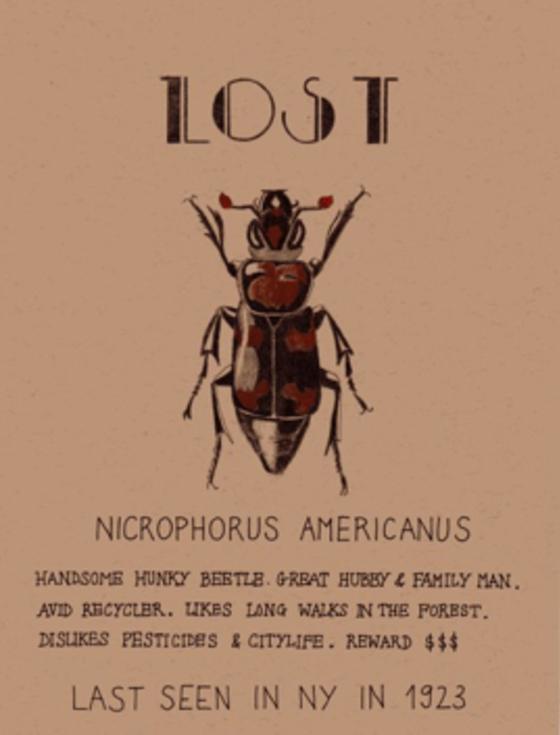 The American Burying Beetle Was Declared An Endangered Species
The American Burying Beetle Was Declared An Endangered Species
Formerly found in 35 of the U.S. states, the species experienced a dramatic 90% decline over time, resulting in populations totally disappearing from many states. Recent studies discovered the remaining ABB’s in only 6 states, (Nebraska, Rhode Island, Oklahoma, South Dakota, Kansas, and Arkansas). In 1989 the American Burying Beetle was declared an endangered species.
It difficult to determine exactly what caused the decline of the ABB. By the late 1920’s, the ABB population was already at risk, and had disappeared from many areas. Its disappearance is likely based on a combination of factors. Among others, transformation of natural habitats resulted in a reduction of species on which the ABB depends, including the extinction of the passenger pigeon. With fewer food sources, competition from other scavengers such as raccoons, crows, foxes and others intensified.
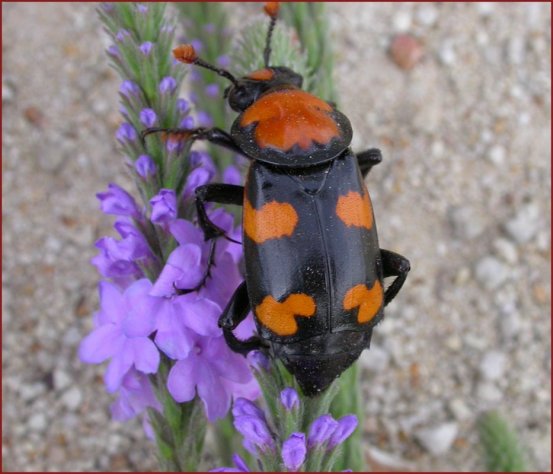 Beetles Can Smell a Dead Animal Up to Two Miles Away
Beetles Can Smell a Dead Animal Up to Two Miles Away
What’s so interesting about these….bugs? Well, they are AMAZING! Carrion beetles, like the American Burying Beetle, dispose of dead things: mice, birds, and other small animals. They are like crime scene clean up crew after the CSI team has completed its investigation, (Although, in nature there really is no CSI.) The ABB needs carrion (dead animals) in order to sustain itself and its offspring.
Here’s how it works.
The antennae of the American Burying Beetle are highly proficient odor sensing devices. The beetles can smell a dead animal up to two miles away just an hour after death. While this is not a sensory skill most humans would value, it comes in very handy for the ABB. The beetle flies to the carcass – and, if necessary, will fight off other invertebrate competitors. The ABB burrows beneath the carcass, turning on its back and lifting the carcass with its legs to determine if it is the right size–2 to 7 ounces—about the size of a rat or a pigeon. Amazingly these beetles can handle a carcass up to 200 times their size.
Both the male and female beetles are required to “prepare” the carcass. This work is done at night to prevent flies, which are active during the day, from laying eggs on the remains. If the male arrives at the carcass first, he waits for the female. The male is easily distinguished from the female by its markings. The male sports an orange rectangle on its head, while the female displays a smaller triangle on her head. If no female arrives after a period of time, the male sits on top of the carcass and emits pheromones to attract a female partner. There is no time for social amenities or a cappuccino at a local coffee shop. Once both the male and female are present they begin to dig under the carcass, cutting through roots and pushing the dirt out and on top of the carcass, literally burying it over night. (Beetles 1; Flies 0)
Once buried, both beetles begin the work of stripping the carcass of any fur or feathers, and work the mass into a compact ball. They then cover the carcass with secretions that preserve the carrion and alter decomposition. All this without refrigeration!
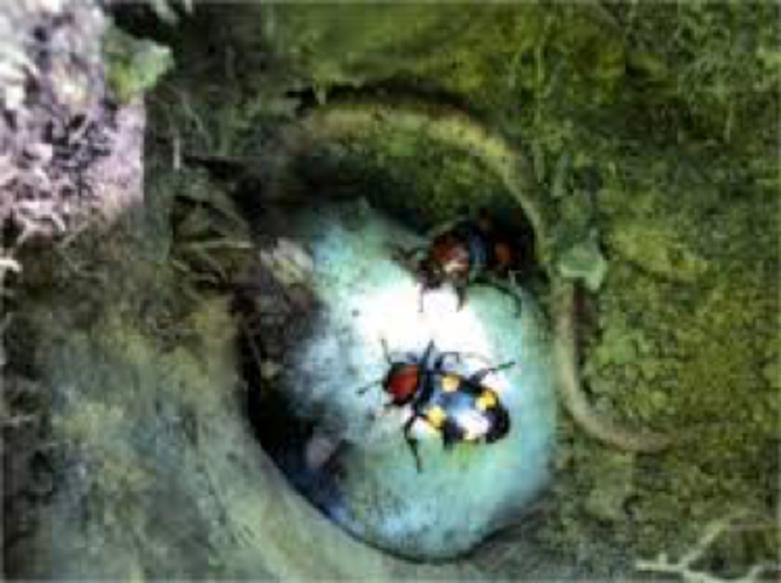 Now that the work is done and the pantry is well stocked it’s time to get ready for the babies. The female constructs a short chamber above the carrion and depending on the size of the carrion, will lay 10 to 30 eggs in the chamber. Then she returns to the carrion and makes a depression on the top. It is here that both mom and dad regurgitate droplets of partially digested food, which will serve as nutrition for the babies (larvae). Just think of it as bug baby formula! The eggs hatch within a few days.
Now that the work is done and the pantry is well stocked it’s time to get ready for the babies. The female constructs a short chamber above the carrion and depending on the size of the carrion, will lay 10 to 30 eggs in the chamber. Then she returns to the carrion and makes a depression on the top. It is here that both mom and dad regurgitate droplets of partially digested food, which will serve as nutrition for the babies (larvae). Just think of it as bug baby formula! The eggs hatch within a few days.
Now here is something pretty incredible! Once the eggs hatch, mom will help the newborns to the “all they can eat buffet” (the carcass). In addition, mom and dad will stay with the larvae and “parent” them until they can go out on their own. This is extremely rare in the insect world, and demonstrates highly developed behavior for an insect. In the meantime, mom and dad will continue to take care of the carcass, removing fungi and protecting the remains with secretions. After about a week, the larvae will have consumed all except the bones. (Delish!) At this point mom and dad leave the nest and the youngsters are left to pupate nearby. They will emerge as striking orange and black adults about a month later. This flurry of activity generally occurs late April through September.
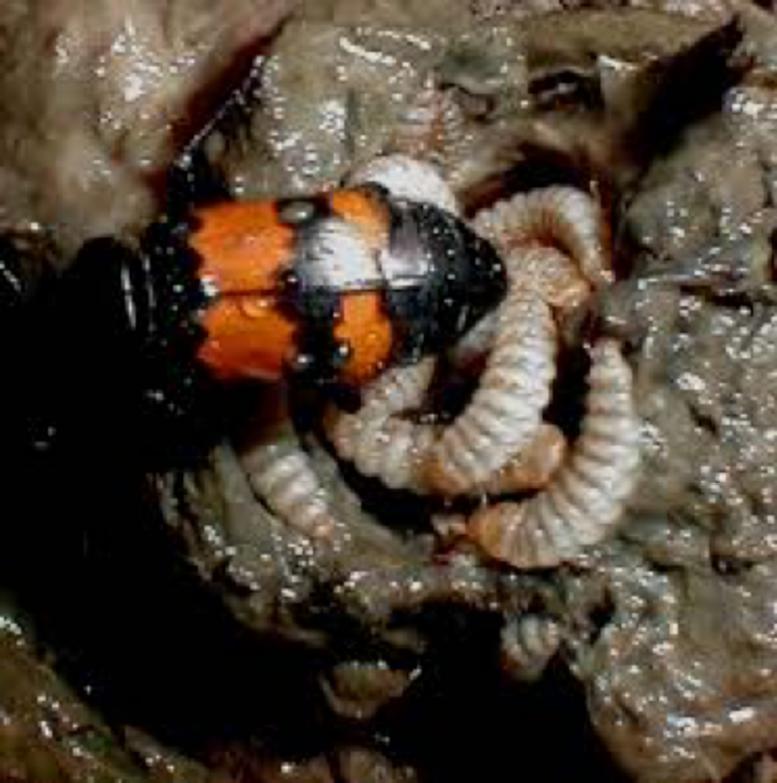 What about the parents? At this point you may think they have flown off to take a well-deserved vacation, but sadly that is not the case. The American Burying Beetle has a life span of just one year. The adults die shortly after leaving the nest, allowing their young to continue the annual cycle.
What about the parents? At this point you may think they have flown off to take a well-deserved vacation, but sadly that is not the case. The American Burying Beetle has a life span of just one year. The adults die shortly after leaving the nest, allowing their young to continue the annual cycle.
Nature’s Recycler
It’s pretty obvious to me why the American Burying Beetle needs to hang around and even prosper. I could go into a long explanation about the delicate ecosystems that surround us, and how we need to maintain and nurture them. I could expound tirelessly about how everything is interconnected as in the words of the World Wildlife Fund, “All that lives beneath Earth’s fragile canopy is, in some elemental fashion, related . . . If mankind continues to allow whole species to perish, when does their peril also become ours?” So true.
From a practical point of view, however – the American Burying Beetle is Nature’s Recycler. By burying dead animals, it helps return nutrients to the soil as well as eliminates unsightly, decomposing critters. The ABB also competes with other scavengers for food – as an example: the fly. If the ABB can beat a fly to its favorite food source, perhaps there will be fewer flies. I can’t remember a time when an American Burying Beetle ruined a picnic by buzzing around the potato salad. Just saying.
Fortunately a number of conservation groups including the Fish and Wildlife Service and zoos located in Cincinnati, St. Louis and Rhode Island, among others, have seen the value of this handsome little creature, and projects have been implemented in several states to enhance the ABB population.
Because of being declared an endangered species, re-population efforts are the best chance we have at saving this insect. It’s worth a shot and I’m all for it!
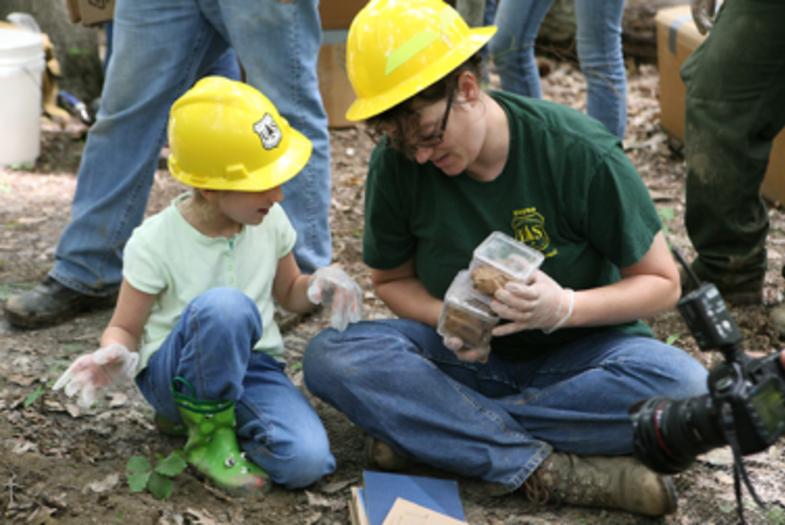 So, I think it’s safe to say that this nocturnal, flying, scavenger has captured my interest and respect – if not my heart. If there is one insect for which I have become a dedicated fan, this is it. I’m not saying I now embrace ALL insects with the same enthusiasm, but I’m working on it. Baby steps, people… baby steps.
So, I think it’s safe to say that this nocturnal, flying, scavenger has captured my interest and respect – if not my heart. If there is one insect for which I have become a dedicated fan, this is it. I’m not saying I now embrace ALL insects with the same enthusiasm, but I’m working on it. Baby steps, people… baby steps.
Go team beetle. I’m cheering you on!
For more information on Nature’s Recycler:
The American Burying Beetle Release
American Burying Beetle Repopulation Project
PHOTO CREDITS:
Roger Williams Park Zoo
Laurence Billiet WordPress.com
Cincinnati Zoo & Botanical Garden
Animal-kid.com
Fish and Wildlife Service
Virginia Tech Insect Biology
National Geographic
 Karen Borejka, YPS Wildlife Editor, is a Volunteer Educator for the Cincinnati Zoo and Botanical Garden, and is a member of the Association of Zoo and Aquarium Docents and Volunteers (AZADV). She and her husband Vic are “bi-coastal” with a daughter on the east coast and a son on the west coast. Karen and her husband live in Cincinnati, OH with her mom Helen, and their 5 “fur-children” –2 dogs and 3 cats – all rescues. Karen can be reached through Facebook.
Karen Borejka, YPS Wildlife Editor, is a Volunteer Educator for the Cincinnati Zoo and Botanical Garden, and is a member of the Association of Zoo and Aquarium Docents and Volunteers (AZADV). She and her husband Vic are “bi-coastal” with a daughter on the east coast and a son on the west coast. Karen and her husband live in Cincinnati, OH with her mom Helen, and their 5 “fur-children” –2 dogs and 3 cats – all rescues. Karen can be reached through Facebook.



